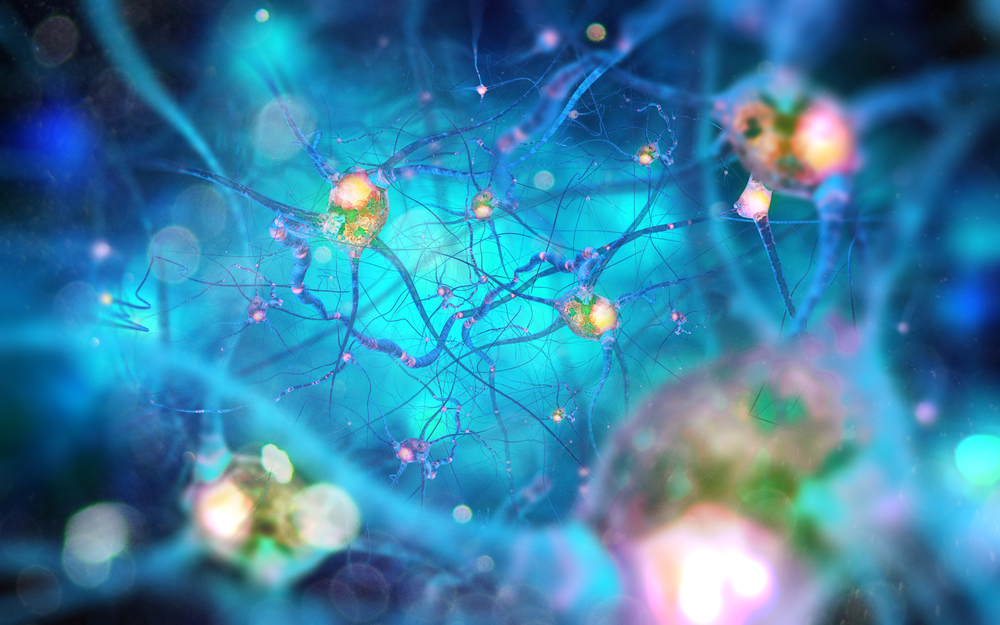CBD’s Effect Depends on Neurons Involved, not Sodium Channels, Study Finds
Written by |

The anti-seizure effect of cannabidiol in Dravet syndrome is dependent on the type of neurons upon which it acts, but not on the activity of sodium channels, a study finds.
The findings of the study, “Investigating the Therapeutic Mechanism of Cannabidiol in a Human Induced Pluripotent Stem Call (iPSC)-Based Cellular Model of Dravet Syndrome,” were published in Cold Spring Harbor Symposia on Quantitative Biology.
Dravet syndrome is a severe type of drug-resistant epilepsy that usually emerges during an infant’s first year of life and is characterized by seizures, cognitive deficits, and increased mortality. Most patients carry genetic mutations in the SCN1A gene, which encodes for a sub-unit of a sodium channel essential for the generation and transmission of electrical signals in the brain.
Recently, new treatments with the potential to control epileptic seizures associated with Dravet syndrome have begun to emerge.
Cannabidiol (CBD), a natural compound derived from cannabis, is one such treatment. In previous studies, Epidiolex, the first plant-derived cannabidiol medication to be approved by the U.S. Food and Drug Administration and marketed by Greenwich Biosciences (a subsidiary company of GW Pharmaceuticals), has shown remarkable potential to reduce seizures when used as an add-on therapy in children with Dravet syndrome and Lennox-Gastaut syndrome, another severe form of epilepsy that usually does not respond to treatment with antiepileptic drugs.
However, “like many other natural products, the exact therapeutic mechanism of CBD remains undefined,” the researchers stated.
In this study, researchers from California’s Stanford University School of Medicine explored the mechanism of action of CBD, using induced pluripotent stem cells (iPSCs) derived from a patient with Dravet syndrome.
These iPSCs are fully matured cells that researchers are able to reprogram in a lab dish to revert them back to a stem cell state, where they are able to grow into almost any type of cell.
In this case, researchers used iPSCs to generate inhibitory and excitatory neurons — neurons that prevent or promote neuronal activity, respectively — from a part of the brain known as the telencephalon.
Excitatory and inhibitory neural signals work as the “yin and yang” of the brain. Excitatory signaling from one nerve cell to the next makes the latter cell more likely to fire an electrical signal. Inhibitory signaling makes the latter cell less likely to fire. This is the basis of communication between nerve cells in the brain.
Researchers first analyzed the effects of increasing doses of CBD on neurons’ excitability (their ability to send signals), using primary cortical neurons isolated from rat embryos. They found that CBD was able to control neuronal activity at very low doses and started to become toxic at doses greater than 15 µM.
With this in mind, researchers then tested the effects of CBD on human neurons derived from a patient iPSC line and a control (healthy) cell line at a dose of 50 nM, which corresponds to the estimated dosage normally used in patients in the clinic.
Results showed that at a dose of 50 nM, CBD increased the excitability of inhibitory neurons, but at the same time decreased the excitability of excitatory neurons. In both cases, the alterations in neuron excitability occurred without changes in the activity of sodium channels, which are implicated in the generation and transmission of signals between neurons.
“Taken together, the results from the iPSC-derived neurons suggest that CBD has opposing effects on neuronal excitability in excitatory and inhibitory human neurons. This effect should favor
the restoration of excitation/inhibition balance compromised in Dravet syndrome. Notably, the action of CBD was present in both Dravet and control neurons and occurred without increasing neuronal sodium channel conductance [activity],” the scientists said.





